Being an apex predator at the top of the food chain is tough. Predators need to kill and eat other animals to survive, but for many species most pursuits end in failure, while smaller hunters risk losing their hard-won meals to bigger beasts.
Common predators include wolves, lions, cheetahs, and other big cats. However the success rate of each species can vary with pack animals more likely to successfully kill their prey.
Our apex predator guide looks at animals that hunt in the wild, comparing common prey and the hunting success rates of each species from the most successful apex predator - African wild dogs - to the least. The results might surprise you!
The most successful apex predators
1. African wild dogs - 85% successful kills

The lean frames and endearingly large ears of African wild dogs are deceptive – they are one of the most successful predators anywhere, with a kill rate per chase of more than 85 per cent. That’s not the whole story, however – they may lose half of their kills, ranging from small impalas to wildebeest 10 times their weight, to other carnivores such as hyenas and lions.
- It may look like a dog, but don’t be fooled – Africa’s most efficient killer, which can travel up to 72km/h, is neither a wolf nor a dog
- The 10 deadliest dogs on Earth: Discover the world's most ferocious wild canine hunters
The largest canid in Africa is also classified as Endangered. African wild dogs are neither wolves nor dogs, despite their common English names, and the fact that their scientific name, Lycaeon pictus, translates to ‘painted wolf’.
- Wolf vs dog: what's the difference between man's best friend and its wild cousin?
- 10 animals that can kill and devour prey twice their size, thanks to either their unbelievable strength, cunning teamwork or deadly venom
Like wolves and dogs, African wild dogs do belong to the Canidae family. However, grey wolves, coyotes, dogs and jackals are all in the Canis genus, whereas African wild dogs are the only extant (living) species in the Lycaeon genus.
Previous studies have grouped wild dogs with dholes and bush dogs. However, research has shown that morphological similarities among these species are no longer considered to show common ancestry between the species. African wild dogs are now considered close to the base of the wolf-like canids.
2. Black-footed cat - 60% successful kills
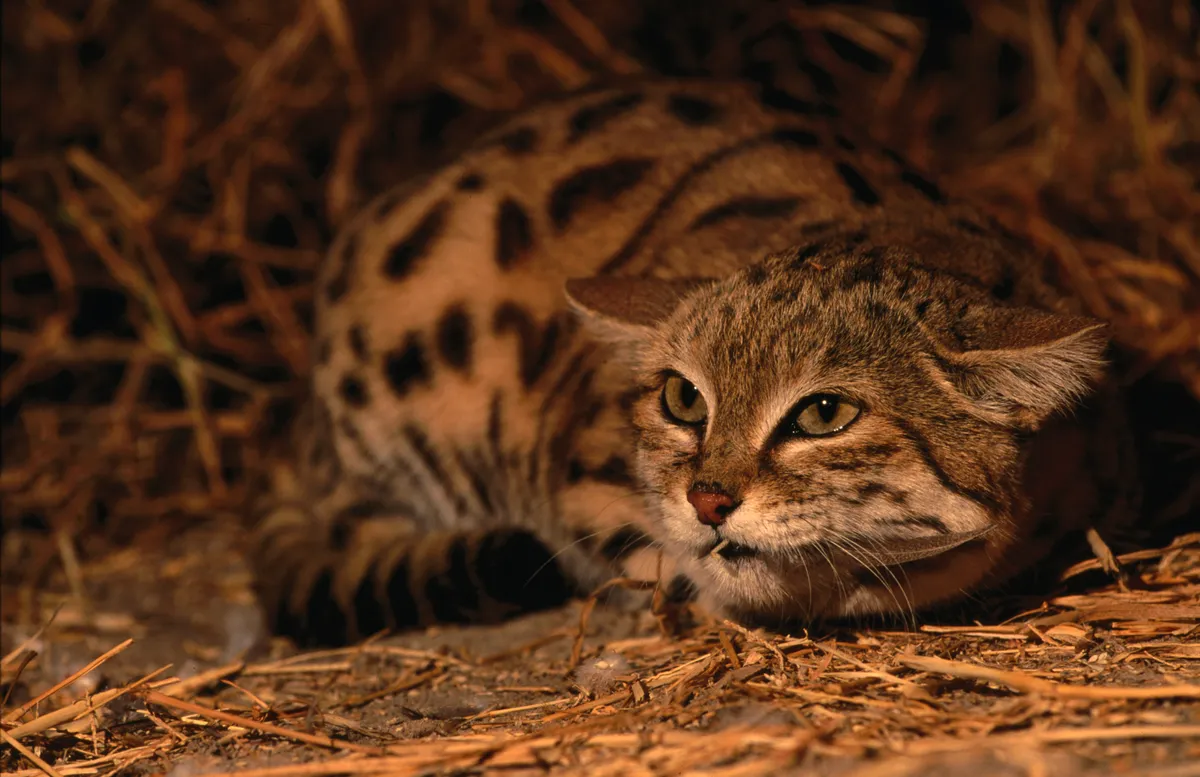
Black-footed cats (one of the rarest cats in the world) are astonishingly active and successful nocturnal hunters – one scientist’s observations show they make a hunting attempt every 30 minutes, and are successful 60% of the time, making them one of the world's most efficient predators. They eat a wide variety of prey, from gerbils and shrews to small birds and insects, and make 10-14 kills every night.
- The deadliest cats in the world: Which felines are the best killers and which attack humans?
- What’s the world's smallest cat? Meet the tiny felines barely bigger than a ruler
3. Cheetah - 58% successful kills

A study from the Serengeti in 2012 observed 192 cheetah pursuits, of which 114 ended in a kill – a success rate of 58%. In order to stop larger carnivores from stealing their hard-earned meals, they move them to more secluded, shadier spots - even so, research suggests they are ousted 10% of the time.
- Cheetah vs leopard: what's the difference?
- Just how are cheetahs able to run so fast? All you need to know about the beautiful big cat, including the secrets behind its phenomenal speed
- Remembering Cheetahs: beautiful photographs of the world's fastest mammal
4. Leopard - 38% successful kills
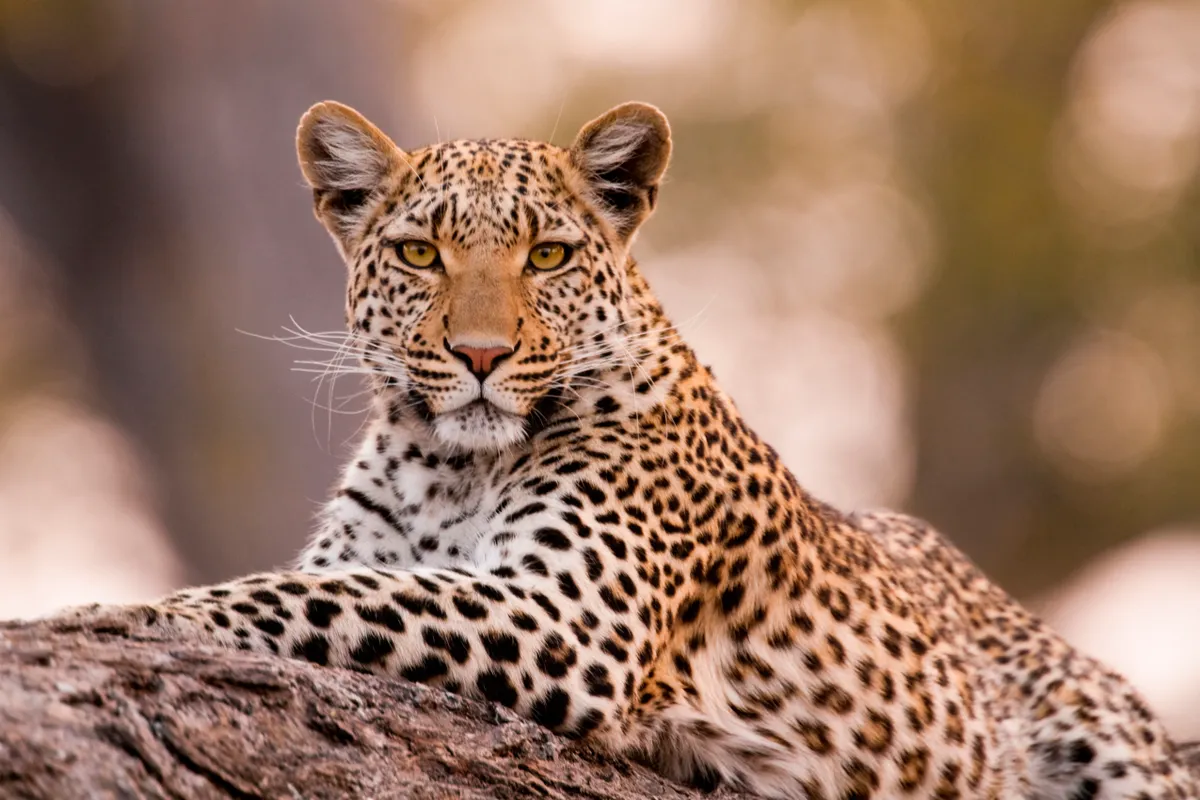
Studies carried out on leopards have revealed wide-ranging success rates, varying from 38% for individuals in north-east Namibia to 14% in the Kalahari. A female with cubs has been shown to have a kill rate of 28%, while a lone male can only achieve one of 14%!
- Leopard guide: where they live, what they eat - and why they don't have spots
- The world's smallest leopard is also one of the Earth's rarest cats: Discover the secrets of the beautiful Arabian leopard that's on the edge of extinction
5. Domestic cat - 32% successful kills
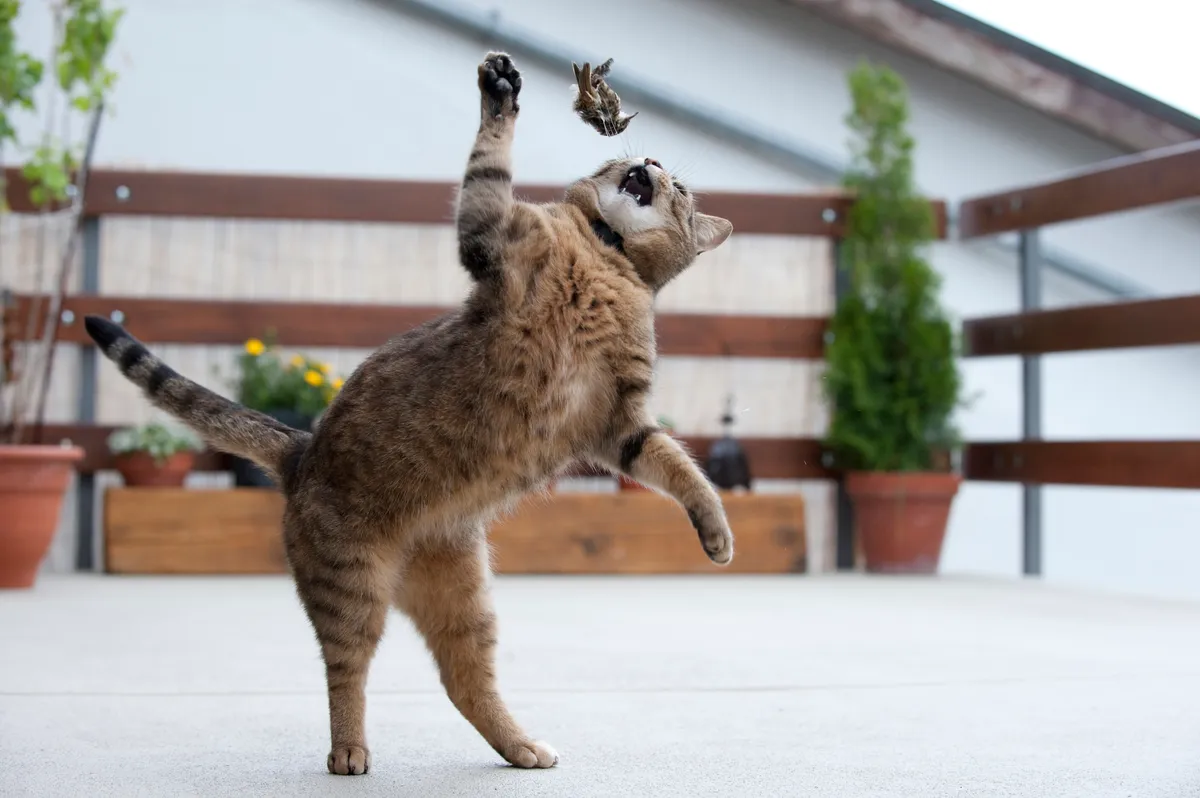
A study of feral domestic cats, carried out by scientists in northern Australia, found they were made a kill in 32 out of 101 hunting attempts – a success rate of 32%. This kill rate soared when they were hunting in open habitat to 70%. Only 28% of kills were actually eaten.
Domestic cats kill millions of small birds and animals every year, and they've been shown to cause significant ecological damage as a result. But what can you do to reduce your cat's impact?
6. Lions - 25% successful kills

10 animals that can kill a lionLions are the archetypal apex predator, but their hunting success rate strongly depends on the number of lions involved – a single lion hunting in daylight has a success rate of 17-19%, but this increases for those hunting as a group to 30%.
- Hot air balloon tourist captures incredibly dramatic aerial footage of lion stalking a hyena running for its life in Kenyan wilderness
- 9 jaw-dropping lion photos that showcase the raw, brutal power and savage majesty of these deadly apex predators
Of 1,300 hunts observed in the Serengeti, nearly half involved only one animal, 20% involved two and the rest a group of (normally) between three and eight individuals.
There is only one species of lion, which is known scientifically as Panthera leo. There are two recognised subspecies, the African lion P. l. leo and the Asiatic lion P. l. persica.
Some taxonomists have proposed a different split of the subspecies – with P. l. leocovering lions in Asian and west, central and north Africa, and P. l. melanochaita for lions in south and east Africa.
- Could a hyena take on a lion? Nail-biting video shows close and fiercely-fought battle between these carnivorous predators
- It is one of the most iconic, revered – and feared -mammals in the world – with a powerful roar that can be heard for miles
7. Wolves - 14% successful kills
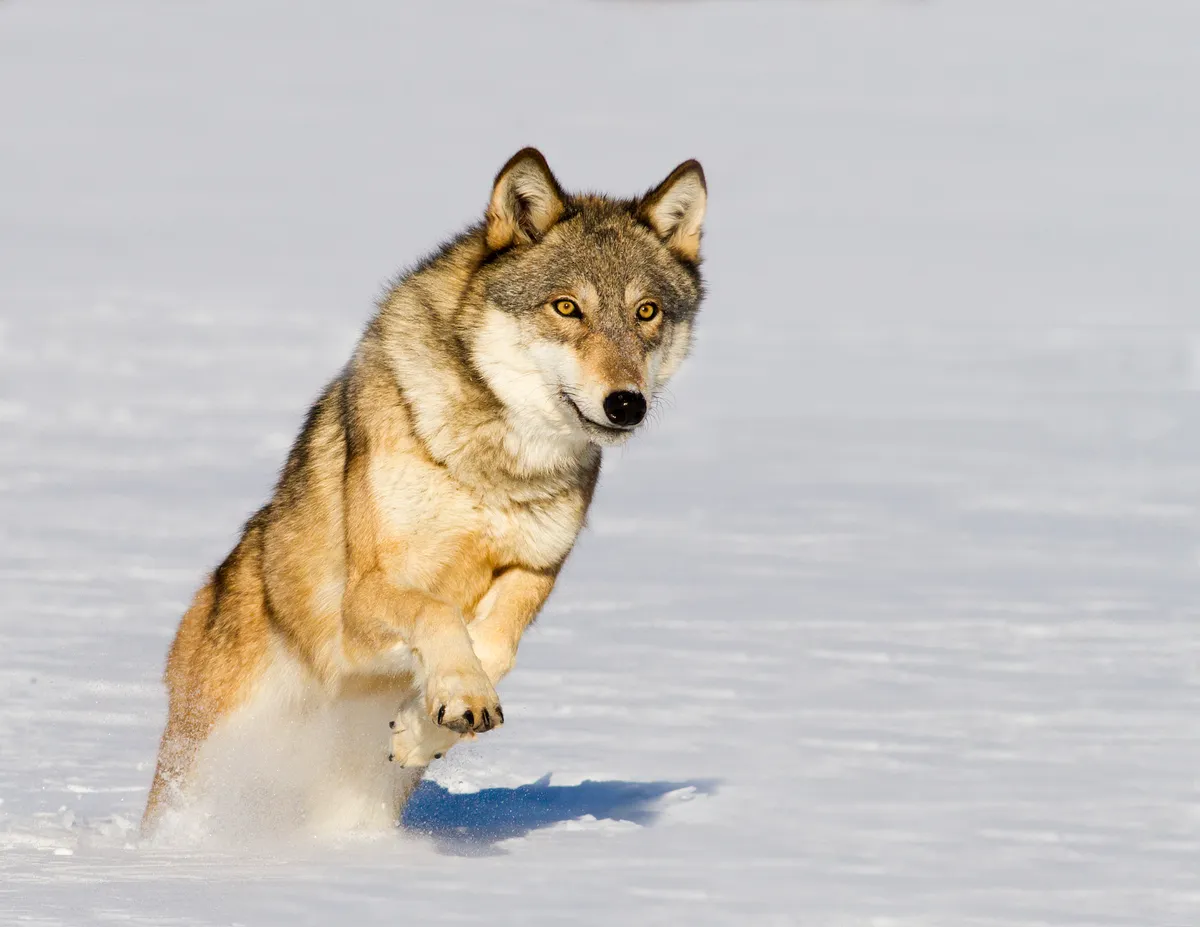
In 14 separate studies of wolf hunts, the average kill rate for this species was 14%, but there is much variation within this. Wolves hunting moose on Isle Royale (in Lake Superior in the US) were found to be successful just 6% of the time, while wolves chasing white-tailed deer in Minnesota made a kill about 20% of the time.
- These 11 intimate photographs capture the stunning beauty of wild wolves
- Was this the largest, deadliest and most terrifying wolf of all time?
- Coyote vs wolf: what's the difference between these two beautiful and charismatic canids that thrive in North America?
8. Polar bear - 10% successful kills
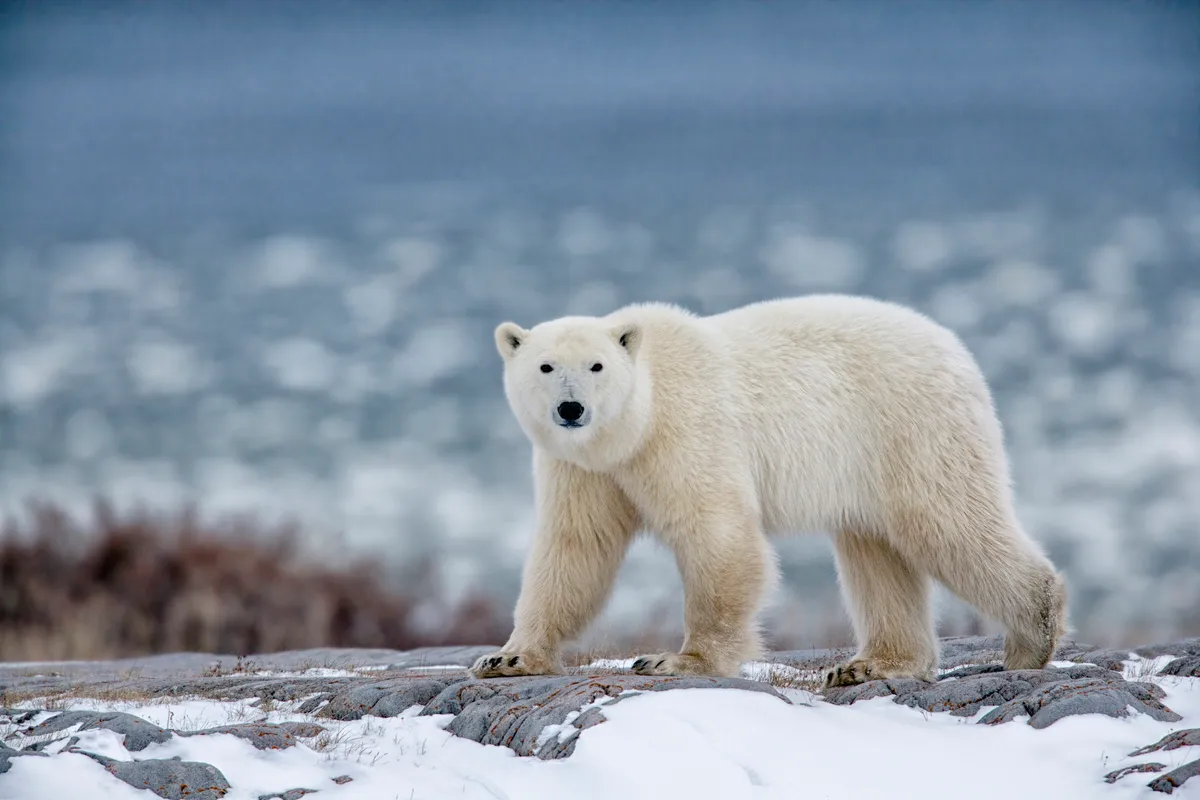
Polar bears mainly hunt either by ambushing seals in their snow lairs or when they come up to their breathing holes, or by stalking seals on sea ice – in both cases, research has shown that their odds of success are 10%.
- Stunning photos of polar bear families in Canada
- Polar bear guide: where they're found, what they eat, and why they're threatened
Some individuals on Svalbard have been observed successfully hunting reindeer and – elsewhere – killing beluga whales that must surface through a small hole in the ice in order to breathe.
What’s the biggest threat to polar bears?
Climate change is causing significant changes in sea ice extent, condition and duration throughout the Arctic. Polar bears need sea ice to hunt seals, and these reductions are leading to fewer cub births and reduced survival rates. Sea ice is disappearing at different speeds across the Arctic, so each population is responding on a different time scale.
9. Tiger - 5% successful kills

Based on observations made in Kanha National Park in India, US field biologist George Schaller reckoned tigers were successful only 5% of the time, while tiger conservationist Valmik Thapar estimates 10%. But studies of Amur tigers in Russia’s Far East, reconstructing predation events from tracks in the snow, give kill rates of a 38% when hunting red deer to 54% for wild boar.






